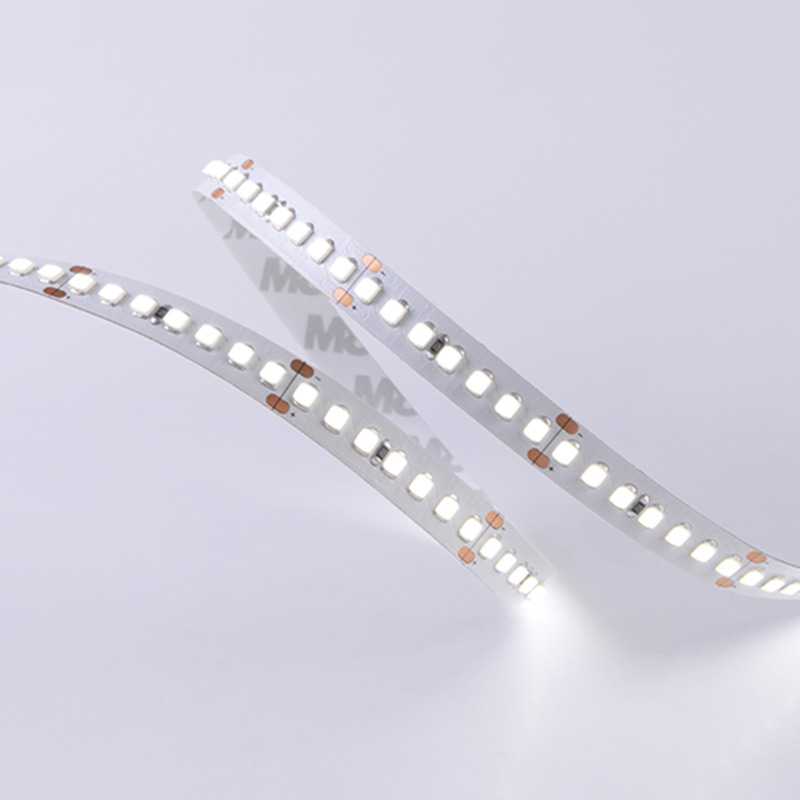disc brakes vs drum brakes weight
Disc Brakes vs. Drum Brakes A Weighty Comparison
When it comes to braking systems in vehicles, the choice between disc brakes and drum brakes can significantly impact performance, maintenance, and overall weight. Understanding the differences between these two systems is essential for designers, engineers, and consumers who seek optimal safety and performance in their vehicles. This article dives into the characteristics of disc brakes and drum brakes, particularly focusing on their weight, and examines how this factor plays a role in vehicle design and performance.
Disc Brakes Design and Advantages
Disc brakes consist of a flat, disc-shaped rotor that spins with the wheel. When the driver presses the brake pedal, hydraulic force is applied to a caliper, which grips the rotor with brake pads, creating friction to slow down the vehicle. One of the main advantages of disc brakes is their superior cooling ability. The open design allows for better airflow, which helps dissipate heat generated during braking. This leads to consistent braking performance and reduces the risk of brake fade, a phenomenon where brakes lose their effectiveness due to excessive heat.
In terms of weight, disc brakes tend to be heavier compared to drum brakes, primarily because of the additional components required in their design, including the calipers and pads. However, advancements in materials and manufacturing techniques have led to the development of lighter disc brakes that can mitigate some of this weight disadvantage. For performance vehicles, the benefits of disc brakes often outweigh the weight considerations as they provide quicker response times and improved brake performance under extreme conditions.
Drum Brakes Characteristics and Considerations
Drum brakes, on the other hand, function using a cylindrical drum that rotates with the wheel. When the brake pedal is engaged, brake shoes press against the inner surface of the drum, creating the necessary friction to slow down the vehicle. Drum brakes are generally lighter than disc brakes due to their simpler design and fewer components. They often use less material overall and can be advantageous in terms of weight, especially in smaller vehicles or those designed for economic efficiency.
disc brakes vs drum brakes weight

One of the drawbacks of drum brakes is their tendency to overheat more quickly than disc brakes under heavy use. The enclosed design traps heat, which can lead to brake fade. Furthermore, drum brakes can be more complex to service, as their internal components can be difficult to access compared to the open design of disc brakes.
Weight Implications in Vehicle Design
The weight of braking systems plays a crucial role in vehicle design. For manufacturers, every ounce matters, especially in sports cars, where performance and speed are paramount. A lighter braking system not only enhances acceleration and handling but also contributes to better fuel efficiency. Consequently, many high-performance vehicles opt for lightweight disc brakes despite their heavier components, as the benefits of performance and safety surpass the weight concerns.
Conversely, in the case of economy cars or vehicles designed for everyday use, manufacturers may prefer drum brakes due to their lighter weight and lower cost. These vehicles typically do not encounter the same high-performance demands as sports cars, making drum brakes a suitable option.
Conclusion
In conclusion, the choice between disc brakes and drum brakes involves a careful evaluation of weight against performance, cost, and application. While disc brakes offer superior performance and efficiency in high-demand scenarios, their weight can be a drawback. Drum brakes might provide the advantage of being lighter and more economical, making them appropriate for certain applications. Understanding these factors can help consumers and manufacturers make informed decisions that align with their specific needs and performance expectations. With continuous advancements in brake technology, the future may hold even lighter and more efficient braking systems, reshaping the landscape of vehicle performance for years to come.
-
The Power and Reliability of Brake DrumsYangiliklarAug.27,2025
-
The High-Quality Truck Brake DrumsYangiliklarAug.27,2025
-
Quality Brake Drums for Reliable PerformanceYangiliklarAug.27,2025
-
Get the Quality Semi Trailer Brake Drums for Your FleetYangiliklarAug.27,2025
-
Everything You Need to Know About Brake DrumsYangiliklarAug.27,2025
-
Enhance Your Vehicle's Performance with Reliable Brake DrumsYangiliklarAug.27,2025
-
Truck Drum Brake Spring Replacement ProcedureYangiliklarAug.22,2025


